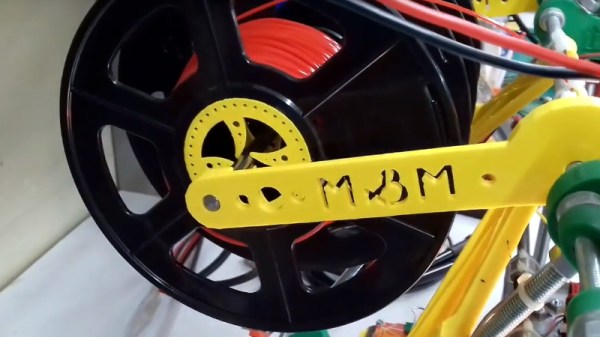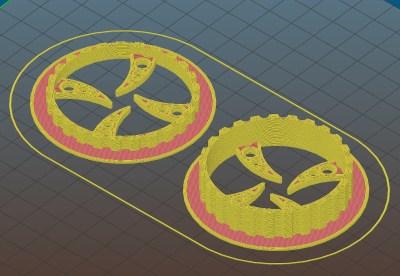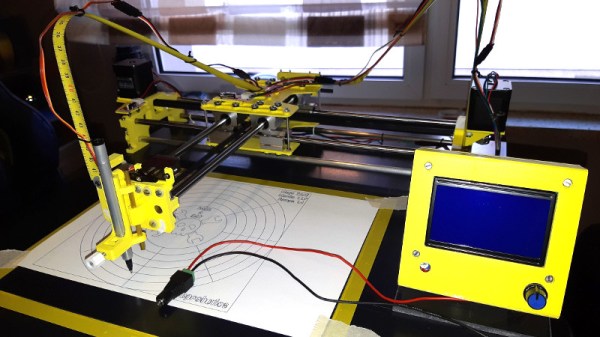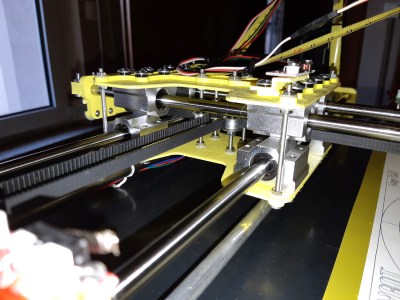What’s the deal with getting things done? There’s a Seinfeld anecdote that boils down to this: get a calendar, do a thing, and make a big X on each day that you do the thing. Pretty soon, you’ll thirst for chains of Xs, then you’ll want to black out the month. It’s solid advice.
[3D Printy] likes streaks as well, and made several resolutions at the beginning of 2022. As the first of 30 videos to be made throughout the year, they featured this giant 3D printed counting mechanism (video, embedded below) that uses empty filament spools, some 3D prints, and not much else. These are all Hatchbox spools, and it won’t work for every type, but the design should scale up and down to fit other flavors.
This isn’t [3D Printy]’s first counter rodeo — he’s made several more normal-sized ones and perfected a clever carryover mechanism in the process, which is of course open-source. So each spool represents a single digit, and there are printed parts in the core that make the count carry over to the next spool. Whereas the early counters used threaded rod, this giant version rides on 2.5 mm smooth rod, so the spools can slide apart easily. But how does everything stay together? A giant elastic band made of TPU filament, of course — because the answer is always in the room.
Check out the video after the break, and stay for the 900%-sped-up assembly at the end.
Continue reading “Empty Spools Make Useful Tools, Like Counters”
















